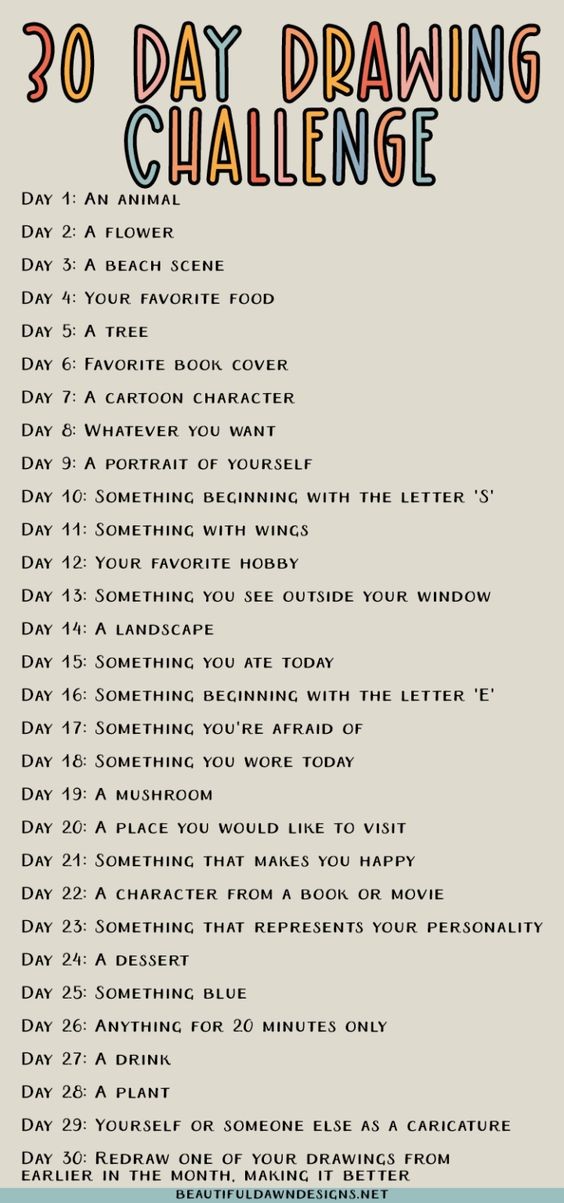How to Get Better at Drawing for Beginners
Drawing is a skill that anyone can develop with practice and dedication. Whether you're just starting out or looking to improve your current abilities, here are some tips to help you on your journey to becoming a better artist.
1. Start with the Basics
Every artist begins with basic shapes and forms. Practice drawing circles, squares, triangles, and ellipses. This foundation will help you understand structure and proportion in more complex drawings.
2. Learn Fundamental Techniques
Study basic drawing techniques such as shading, perspective, and line work. These techniques form the backbone of drawing and mastering them will greatly enhance your skills.
Shading: Practice creating light and shadow to give your drawings depth and dimension.
Perspective: Understand how to represent three-dimensional space on a two-dimensional surface. Study vanishing points, horizon lines, and foreshortening.
Line Work: Experiment with different types of lines—contour lines, cross-hatching, and stippling—to add texture and detail to your drawings.
3. Observe and Sketch Regularly
Draw from life whenever possible. Observing real objects, people, and landscapes will improve your ability to capture detail and realism. Carry a sketchbook with you and sketch daily scenes or objects around you.
4. Study Anatomy and Form
Understanding anatomy is crucial for drawing realistic figures and animals. Study basic human anatomy—proportions of the body, skeletal structure, and muscle groups. This knowledge will help you create more accurate and dynamic drawings.
5. Experiment with Different Mediums
Try working with different drawing materials such as pencils, charcoal, ink, and colored pencils. Each medium has its own unique properties and challenges. Experimenting with them will help you find the one that suits your style and preferences.
6. Seek Feedback and Learn from Others
Share your drawings with friends, family, or online communities. Constructive feedback can provide valuable insights and help you identify areas for improvement. Additionally, study the work of other artists you admire to learn new techniques and styles.
7. Practice Consistently
Improvement in drawing comes with consistent practice over time. Set aside regular time for drawing sessions, even if it's just a few minutes each day. Building a habit of drawing will help you progress steadily.
8. Take Drawing Classes or Workshops
Consider taking formal classes or workshops if you're serious about improving your drawing skills. Professional instruction can provide structured learning and personalized feedback that accelerates your growth as an artist.
9. Be Patient and Persistent
Learning to draw takes time and effort. Don't be discouraged by mistakes or initial difficulties. Keep practicing, experimenting, and pushing yourself out of your comfort zone. Over time, you'll see noticeable improvement in your drawings.
10. Enjoy the Process
Drawing should be enjoyable and fulfilling. Embrace the creative journey, experiment with different subjects and styles, and allow yourself to make mistakes and learn from them. Enjoy the satisfaction of seeing your skills develop over time.
By following these tips and dedicating yourself to regular practice, you can significantly improve your drawing abilities as a beginner. Remember, every artist starts somewhere—so pick up your pencil, embrace the learning process, and keep drawing!






